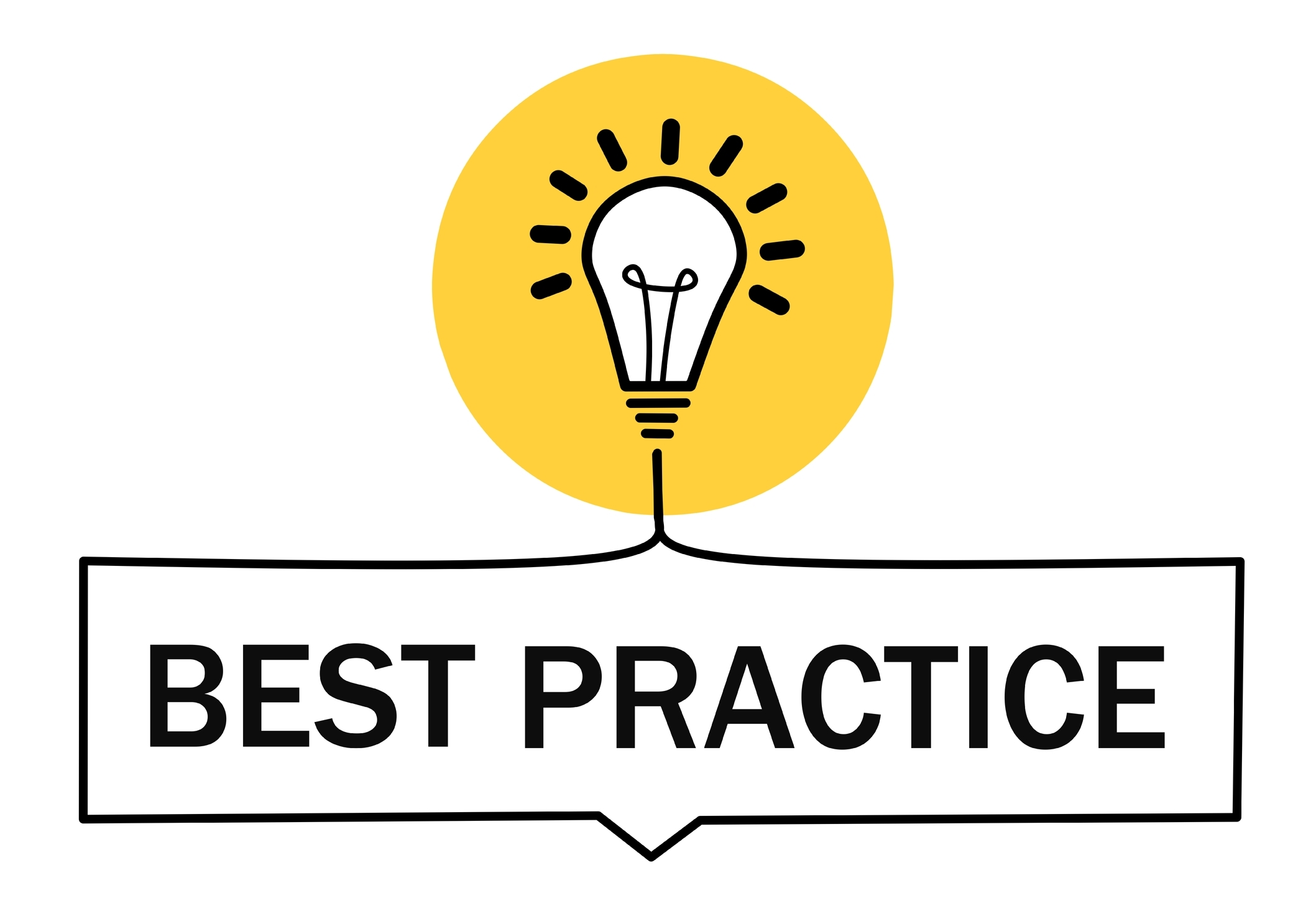Unit 4
Dealing with customer enquiries

accommodate the customers’ food requirements

accommodate the customers’ food requirements
During the service process there might be some questions from the customers concerning the food preparation method and/or requests for a specific food requirement. Most often, this is done because of different food allergies or lifestyles that require specific diets.
It is important to pay attention to these requirements and make sure they are met properly. This is vital not only because it may affect the customer’s health negatively but also because people who follow different lifestyles like veganism or vegetarianism, for example, are very strict about what they eat, and their choices should be respected. It is your job as the waiter to make sure you accommodate your customer’s needs.
 DIALOGUE 1:
DIALOGUE 1:
 DIALOGUE 1:
DIALOGUE 1:Customer 1: Excuse me, waiter?
Waiter: Yes, sir? Are you ready to order?
Customer: Yes. I want the macaroni and cheese special and the extra-large pepperoni pizza.
Waiter: Right. And for you, ma’am?
Customer 2: I want a medium-sized broccoli salad and… hmm, I think I want a serving of spaghetti Carbonara. But can I ask you to pass on to the cook not to put any meat in it?
Waiter: So that will be one serving of spaghetti Carbonara without pork?
Customer 2: Yes.
Waiter: I’ll write it down to give to the chef right away. Are there any other dietary restrictions you’d like us to pay attention to?
Customer 2: No, I’m fine. Thank you.
Customer 1: Actually, can you tell the chef not to add too much spicy sauce to the pizza? And do you use any cheddar cheese?
Customer: Yes, it’s used as topping on the macaroni.
Customer 1: Then can you switch it with Mozzarella cheese instead?
Waiter: I’m sorry, sir, we don’t offer Mozzarella cheese at the moment, but we can substitute it with Parmesan cheese if you’d prefer?
Customer 1: Yes, that’s fine then.
Waiter: So, let me just run down your order one more time. Please, let me know if there are any mistakes. One mac and cheese, one pepperoni pizza, medium sized, a broccoli salad and spaghetti Carbonara without cheese. I will pass your instructions to the chef and please, let me know if there’s anything else you need.
Exercise 1: Listening
Listen to DIALOGUE 1 and then quickly answer the questions:
- What is the lady’s order?
- What doesn’t she want to have?
- What does the man want to change about his order?
ANSWER KEY: 1. A medium-sized broccoli salad and spaghetti Carbonara; 2. She doesn't want any meat with the spaghetti; 3. He wants to switch the cheddar cheese with Mozzarella cheese
Exercise 2:
Read the dialogue again. Is there a mistake in the text concerning the customers’ orders? Find it and correct it.
ANSWER KEY: The pizza should be extra-large and the spaghetti should be without meat
Exercise 3:
In your notebooks write a continuation of the conversation where you describe what happens after the waiter’s mistake. How, in your opinion, do the customers react? How does the waiter handle the situation?

Language at work 1 – useful and polite phrases

- Can I ask you to pass on to the cook….
- I’ll write it down to give to the chef.
- Are there any other dietary restrictions you’d like us to pay attention to?
- Actually, can you tell the chef not to add too much….
- ………. if you’d prefer
- Let me just run down your order one more time.

serve the customer properly

serve the customer properly
From your own experiences being customers at different foodservice establishments and the information we touched upon in previous units, by now you likely have a good frame of reference for what are the correct ways to serve your customers. Waiters and waitresses have the most important task in any foodservice establishment – that is to give the customers a good impression and make their stay as pleasant as possible. The proper etiquette and demeanor of the waiting staff are what will impress the customers the most – or alternatively, what might anger them the most if the staff is not up to par with the standards of the industry.
This is why you must observe and learn these rules in detail and make sure not to make any mistakes during your shifts. But if mistakes do happen, always strive to handle them as correctly as possible, apologize if needed and offer compensation if you’re the one at fault and you’re at liberty to do so.
Exercise 4:

discuss different ways of payment

discuss different ways of payment
Usually when it comes to payment methods there are two main ways to do it – by cash or by card. Nowadays paying by card has become extremely popular and most foodservice establishments and other kinds of shopping enterprises have the option to pay by card. There are also digital wallets and apps like Paypal which facilitate online payments very easily.
That’s why when the customer is ready to pay the bill, the waiter always has to make sure to ask which method of payment the customer has chosen, so they know how to process the payment. Cash payments are logged in the system differently than card payments or other kinds of online payments. You also have to make sure your establishment has a working card processing system and/or machine which can read the card and accept the payment. If there isn’t, you have to warn the customer that they can pay only in cash.
 DIALOGUE 2:
DIALOGUE 2:
 DIALOGUE 2:
DIALOGUE 2:Waitress: How did you enjoy the meal?
Customer 1: It was lovely, thank you.
Customer 2: Yes, I quite liked your version of the Japanese soufflé pancakes. And the roasted ribs were done very well. Please give my compliments to the chef.
Waitress: Certainly. Would you like to see the dessert menu now?
Customer 1: No, thank you. I think we’re about ready to pay and go.
Waitress: Will that be cash or credit card, ma’am?
Customer 1: Credit card.
Waitress: Please, wait a moment. I’ll bring your bill and the card machine.
[waitress returns with the bill and the card machine]
Waitress: Here you go, this is your bill for the meal.
Customer 2: Let me see. Ok, Angela, don’t worry about it, I’ll pay with my card.
Customer 1: Thank you, dear.
Waitress: Please, place your card over the machine and type in your PIN number when you hear the beep. Then press the green button.
Customer 2: Here you go, miss.
Waitress: Thank you.
Customer 1: Oh, please don’t forget to give us a copy of the receipt and the transaction slip.
Waitress: Of course. Here you are. Have a wonderful evening.
Customer 2: Thanks, you too.

Language at work 1 – useful phrases

- Will that be cash or credit card?
- I’ll bring your bill and the card machine.
- Place your card over the machine.
- Type in your PIN number.
- Don’t forget to give us a copy of the receipt and the transaction slip.
Exercise 5: Self-practice
Read DIALOGUE 2 in pairs and write down in your notebooks three of the key phrases from the text, in your opinion. Then exchange ideas with your partner and listen to his/her suggestions.
Exercise 6: Gap-filling